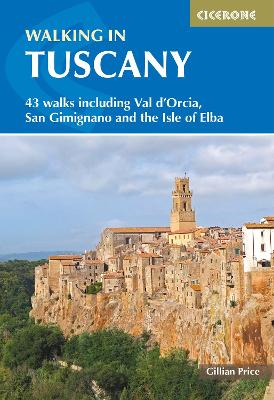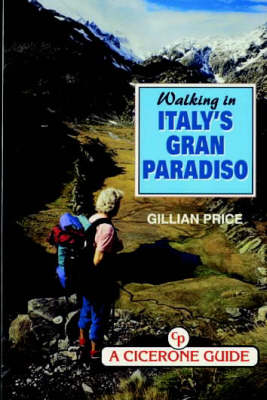Walking Overseas
2 total works
A guidebook to walks in the Italian region of Tuscany. 43 graded routes range from 2.5 to 18km, and take in the Renaissance splendour of Florence and Siena, the World Heritage scenery of Val d'Orcia and San Gimignano and the stunning island of Elba. Alongside detailed route descriptions and clear mapping there is essential practical information on public transport and food and drink, as well as a comprehensive list of accommodation, and a useful Italian-English glossary. The guide is packed with interesting details about the area's wildlife, landscape, culture and history, making it a perfect companion to getting to know this beautiful region.
Tuscany is justifiably renowned for its glorious landscapes. Romantic hilltop villages clinging to rolling hills contrast with dense forests, rugged mountains and long, sandy beaches. This is a region that resonates with history - Etruscan remains, Medici villas, Renaissance towns and landscapes that inspired Leonardo da Vinci, Michelangelo and Dante. Add in the climate and superb food and wine and you have a perfect walking destination.

